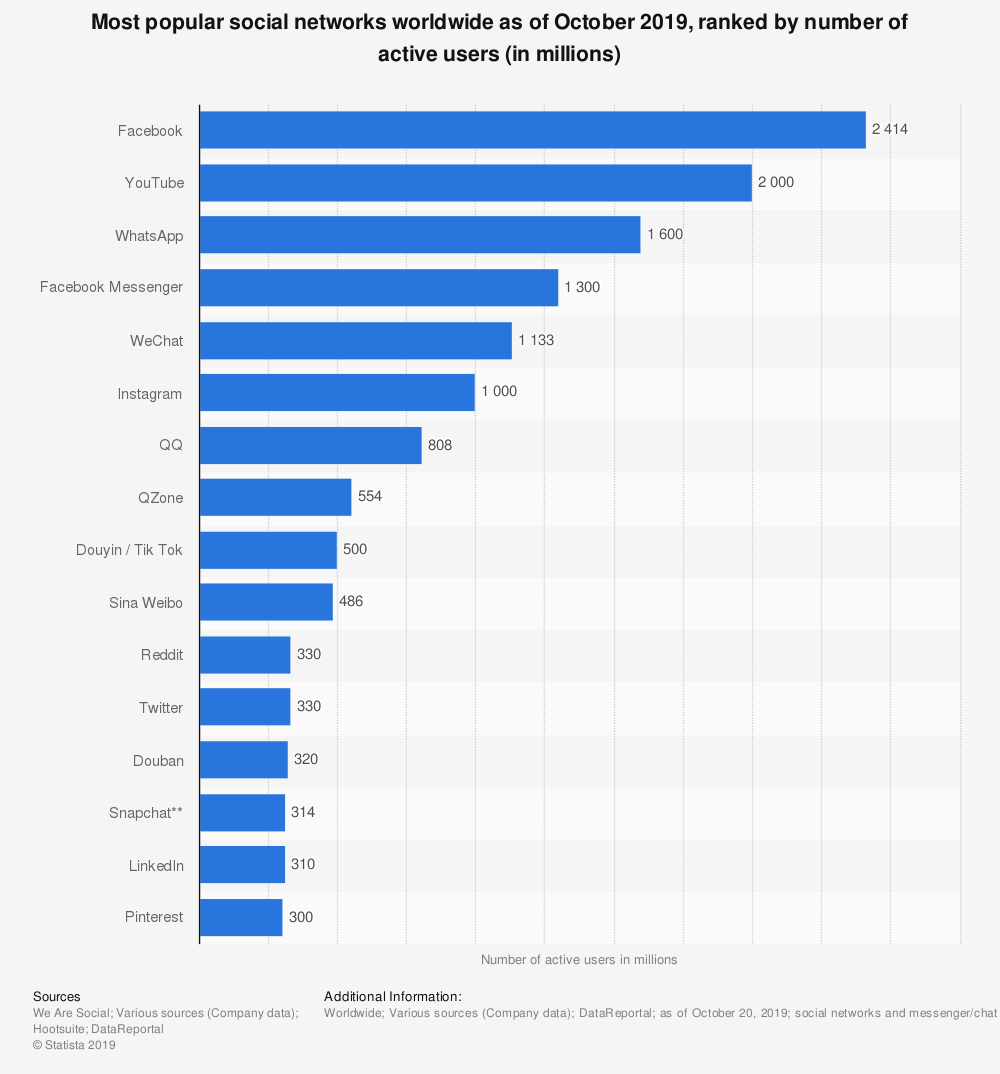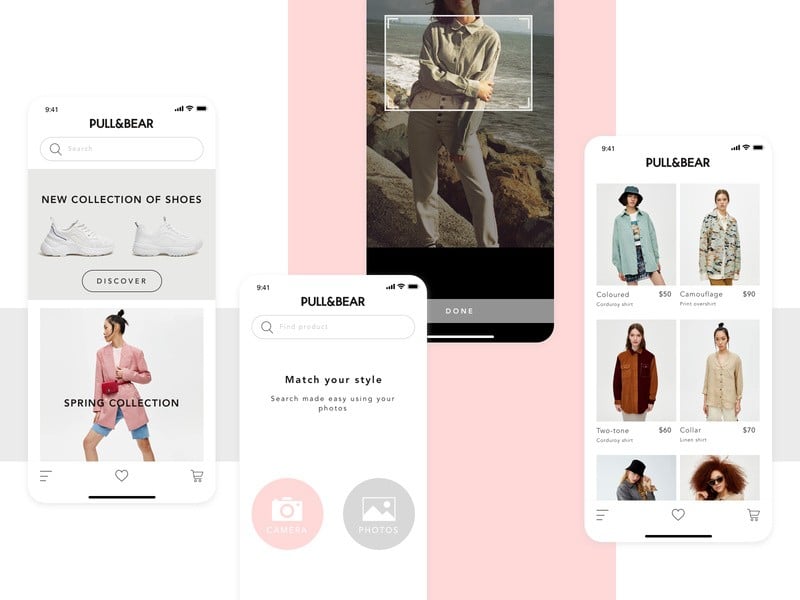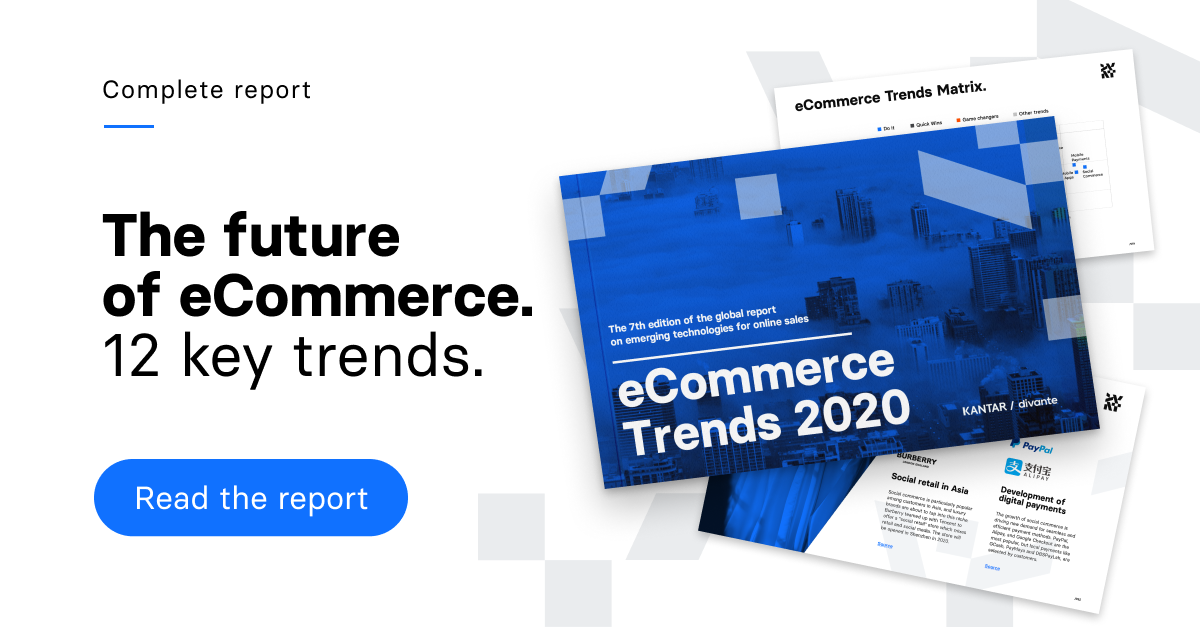When Alexa spoke in celebrities’ voices in an Amazon Super Bowl LII Commercial, it was clear that voice search would be the next big thing, whether we wanted it or not. Yet, there is another new kid on the block. Visual search is also growing into a promising alternative to traditional text queries and—with a strong push from Google, Microsoft, Amazon, and, surprisingly, Pinterest—it has the vast potential to revolutionize the way we do online shopping.
The harbingers of change are clearly visible and reflect the new needs of customers who report that text-only search is becoming insufficient for finding items, according to a Slyce.it report.
74% of shoppers report that text-only search is insufficient for finding the products they want.
Source: Slyce.it
Humans are visual. Searches need to mirror that.
Even though Google and Microsoft have developed their own visual search engines, it is Pinterest that deserves to be mentioned first. For years, the platform was considered to be “just” a social media platform. Moreover, compared to the leaders, it was hardly used or even recognized by a broad audience.
 Source: Statista.com
Source: Statista.com
Marketers from beauty and fashion brands, photographers, and interior designers have always appreciated Pinterest’s value, and there are hard-core fans of the platform… Nevertheless, a relatively weak reach beyond its core supporters kept it within its own niche.
Flying under the radar, Pinterest was able to make significant strides in the eCommerce direction. Recently, it not only revealed several shoppable ad formats but also put a strong emphasis on visual search engine development. And it made a real impact. As Tim Peterson from Marketing Land stated, the company brought online search “to the real world” thanks to its Pinterest Lens tool.
“Point, tap, and discover”
Pinterest Lens is an app that enables users to take a photo or use an existing image to find related pins and themes. The company explains it with examples:
- Just point Lens at a pair of shoes, then tap to see related styles or even ideas for what else to wear them with. Or try it on a table to find similar designs, and even other furniture from the same era. You can also use Lens with food. Just point it at broccoli or a pomegranate to see what recipes come up. Patterns and colors can also lead you in fun, interesting or even just plain weird new directions.
Pinterest fired its guns first, blind-siding both Google and Microsoft in this new, visual arms race.
As Tim Peterson pointed out in Marketing Land: “The app appears to be Pinterest’s version of Google’s neglected Goggles app. Google’s app is no longer available in Apple’s App Store; it is still available on Android but hasn’t been updated since May 2014. Bing also has the feature built into its app, added last year”.
Google officially launched Google Lens on October 2017 with app previews pre-installed into the Google Pixel 2. Microsoft’s Bing Visual Search debuted in June 2018. Even though they are late-comers, they have great potential to take the lion’s share of the online shopping market. So Amazon, which already holds powerful knowledge about our purchase behaviors, won’t be far behind. Jeff Bezos’s company launched its deep-learning-based StyleSnap at the beginning of 2019, promising that it “will change the way you shop, forever.”
“The future of search will be about pictures rather than keywords,” stated Pinterest CEO Ben Silbermann, and his words shouldn’t just be treated as a way to justify the existence of Pinterest’s tool. Google, which knows pretty much everything about our online behaviors, and Microsoft, who knows the rest, are aware that visual search is more compatible with the way human brains work.
90% of all the information received by the human brain is visual.
source: MIT News
We used to type text-based queries but now that the technology allowing the use of images instead of words exists, things will no doubt shift in that direction. 62% of Millennials desire to use visual search capabilities according to ViSenze.
Visual search shortens the buyer’s journey
Visual search is time-saving, convenient, and mobile-friendly, which leads straight to the business benefits for eCommerce retailers—particularly since conversion depends heavily on intuitive and simple UX. Instead of searching for the right words for describing an item they want to buy, customers can simply suggest what they may like based on an image. With the power of AI taking into consideration the similarities such as color or a particular style, the visual search engine returns the most suitable results. In general, visual search helps to ease the whole process and deliver a more seamless experience. Simply put, it allows customers to buy faster but also makes a good impression.
 Source: Divante’s Dribble
Source: Divante’s Dribble
And it’s hardly new information. As early as 2014, BloomReach stated that consumers using visual search are 57% more likely to make return visits and that they spend, on average, 9% more on mobile than those who do not use the feature.
What is more, visual search promotes social selling. In a time when social media is growing into a place where purchase inspirations are born, visual search engines are additional drivers for the customers to visit a store. Feeling inspired or want to try a new look? Simply take a snap or upload your chosen image, select the right “visual” app, and Artificial Intelligence will make the magic happen. No need to struggle with finding the precise words to describe the vague features of the earrings or dress you would like to buy.
The most promising ways to use visual search in eCommerce
The shift towards visual search will not take place overnight but—with the big retailers already on board, and the tendency of users to embrace “online shortcuts”—there is a real chance that these trends will have a significant impact on eCommerce. And there is a variety of practical usages.
Integration with mCommerce features
Online retailers face the constant challenge of linking the online and offline worlds, which is crucial in boosting e-stores’ conversion in the omnichannel era. Implementations of visual search engines with mobile commerce features are currently quite basic and may not be the most creative, but they are worth taking note of. They drive conversion thanks to a reduction in the number of steps in the buyer journey. Instead of typing the proper keywords or scrolling down the site, the user can upload the image and get matching results immediately.
Integration with chatbots
Chatbots and visual search engines can be a powerful combo! The goal of chatbots is to make online communication with customers as fast and natural as possible; the idea of providing image search capabilities fits in with this perfectly. In essence, the conclusion that the merger of chatbots with visual search gives us a double chance to achieve success is an easy one to reach.
Boosting influencer marketing campaigns
Influencer marketing currently relies heavily on posting about specific pieces the influencers wear and subtly pushing the customers to buy them on a retailers’ stores. Even though social media platforms have recently developed tools that enable users to purchase directly in apps, in practice, this idea is often twisted. Sometimes, it looks more like teleshopping than a natural way of inspiring people. Visual search can change that; it allows brands to make a whole outfit shoppable at once, and for users to browse similar options if they feel inspired. It is less of a hard-sell.
Integration with Augmented Reality (AR)
AR seems to be a natural match for visual search engines. AR, with its ability to layer additional digital information on real-world objects, and visual search, has a chance to reshape the way we search for information in real-time. The user can point the camera at an object such as a sign in a foreign country and read translated information in his or her own language in real time. Google is already exploring this direction..
Visual search, according to all signs and forecasts, will have a tremendous impact on online searches in general, and on the eCommerce sector in particular. With today’s giants already investing in visual search engines or allying with visual search-enabled social platforms, it is possible that, in a few years, the way we browse products on the online catalog will be dominated by images. It is simply more natural and more comfortable than typing text-based keywords and it fits better with mobile-first and mobile-only users. The change will come when the UX is fast and sleek, otherwise users will abandon sites without a second thought and make their purchases elsewhere. Visual search may seem a little futuristic today but it is right around the corner. If anyone can predict the expectations of shoppers, it is Amazon, and their confidence in visual searches tells us all we need to know. It is wise to assume that they know what they are doing.

Published January 28, 2020











